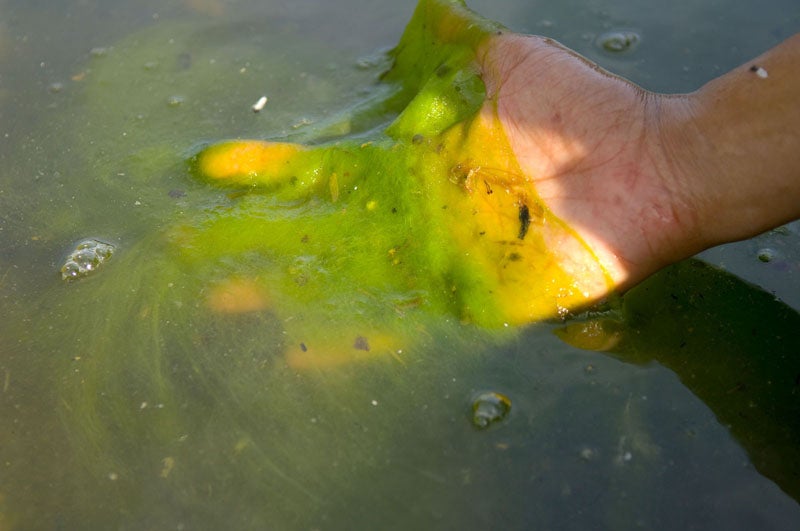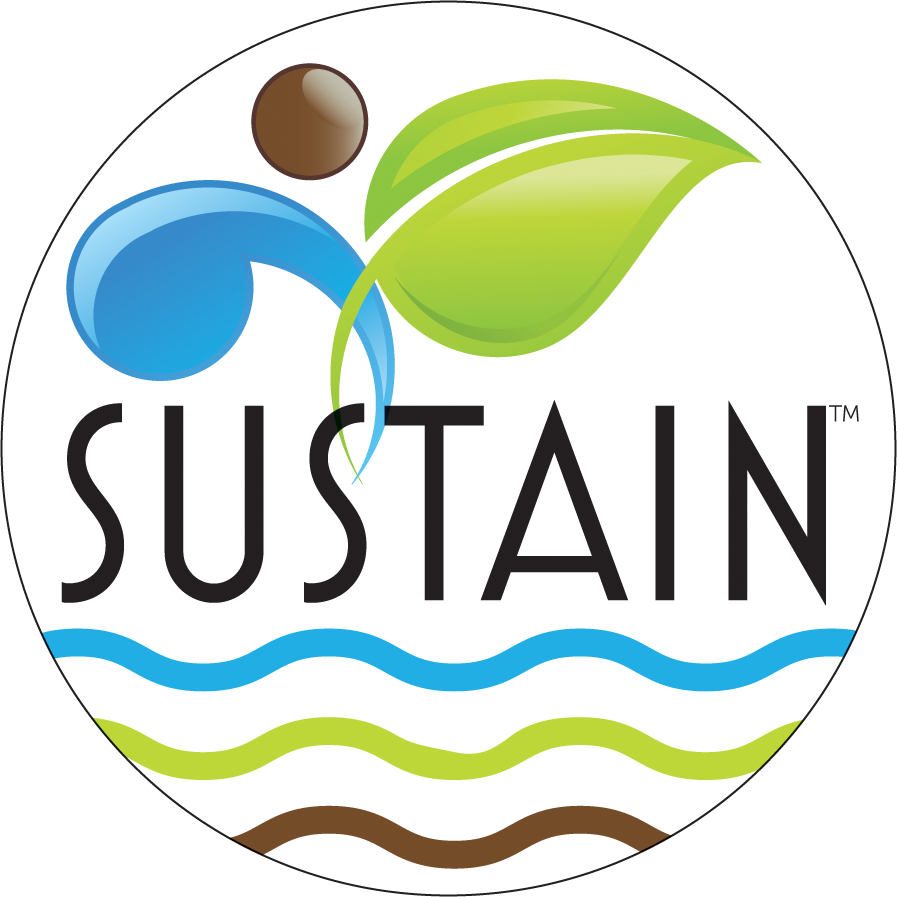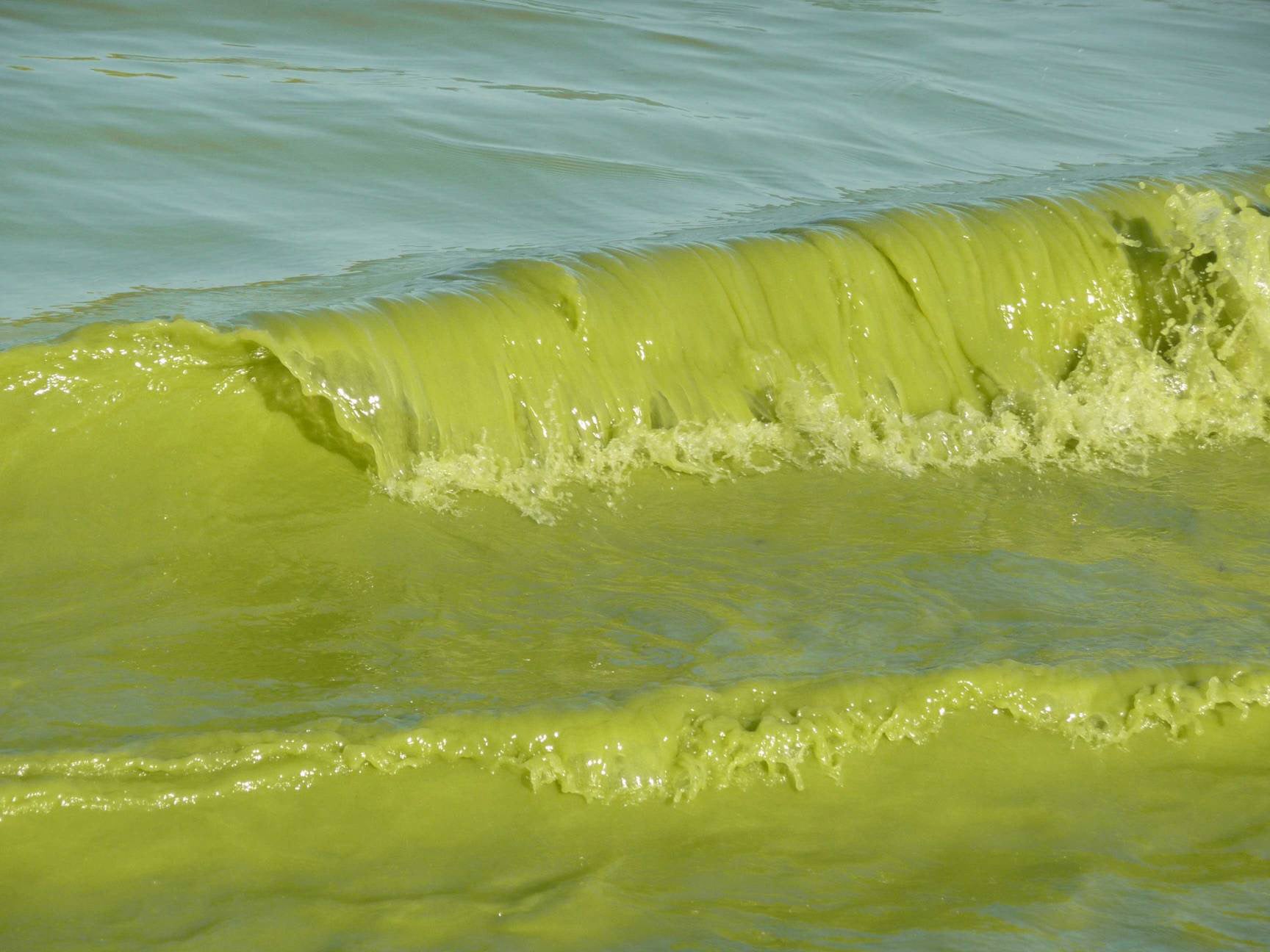Two ways to reduce toxic algal blooms

For a month now, South Florida Atlantic beaches have been blanketed by a sickly green, toxic algae sludge that has kept tourists away and caused local businesses to lose millions.
Florida has a bigger headache this summer than most states, but algae blooms are hardly unique.
Last week, more than 100 people were sickened from toxic algae in a Utah lake largely fed by agricultural runoff and treated sewage water. And just two summers ago, an outbreak in Lake Erie forced the City of Toledo to close off its water supply for nearly half a million residents.
Agricultural runoff also means wasted money for farmers, who can spend approximately half of their input costs on fertilizer.
There are ways to reduce the runoff that contributes to water quality problems and kills marine life, year after year. Algae blooms can be minimized and maybe even prevented if we scale up existing efforts to improve fertilizer efficiency and soil health – practices that can also save farmers money and boost their yields.
Two initiatives and private-sector partnerships are making real headway in doing just that. And if these efforts are replicated at scale, they could have a national – and even international – impact.
SUSTAIN
 In large part because of Walmart’s demand for more sustainable row-crop production, food companies such as Campbell’s Soup, Unilever, Smithfield Foods and Kellogg’s are helping the farmers in their supply chain to reduce fertilizer loss through a rapidly growing program called SUSTAIN™. Spearheaded by the ag retail cooperative United Suppliers, now part of Land O’Lakes, the plan is to have 10 million acres of farmland using best practices for fertilizer management and soil health by 2020.
In large part because of Walmart’s demand for more sustainable row-crop production, food companies such as Campbell’s Soup, Unilever, Smithfield Foods and Kellogg’s are helping the farmers in their supply chain to reduce fertilizer loss through a rapidly growing program called SUSTAIN™. Spearheaded by the ag retail cooperative United Suppliers, now part of Land O’Lakes, the plan is to have 10 million acres of farmland using best practices for fertilizer management and soil health by 2020.
SUSTAIN works by training ag retailers in the best practices and tools for fertilizer efficiency and soil health. The retailers then share this knowledge with the customers they serve. This model can reach thousands of farmers across millions of acres.
NutrientStar
 Precision agriculture tools can help farmers meet the growing demand for sustainably grown row crops, but it’s difficult to tell which tools perform as advertised. That’s why EDF developed NutrientStar, an independent program that assesses the fertilizer efficiency claims of products on the market.
Precision agriculture tools can help farmers meet the growing demand for sustainably grown row crops, but it’s difficult to tell which tools perform as advertised. That’s why EDF developed NutrientStar, an independent program that assesses the fertilizer efficiency claims of products on the market.
With NutrientStar, farmers gain confidence that the nutrient efficiency tools they purchase will work as advertised, and keep fertilizer in the soil.
The power of supply chains

So what will it take to scale up the programs that help farmers and reduce algae blooms?
Supply chains are a powerful tool for igniting change and taking it to scale. Companies can signal that fertilizer efficiency and good soil management are not just good for the environment, but also for improving a farmer’s yields and bottom line.
But to get a handle on our growing algae problem in the United States and overseas, there is no one silver bullet. We need more food companies to embrace sustainable sourcing, ag retailers to replicate the SUSTAIN model in order to reach millions of growers, farmers to use NutrientStar to understand how tools perform out in the field, and agricultural policies to align with and accelerate adoption of conservation best practices.
To turn these initiatives into tangible environmental improvements at scale, we also need to work with and not against farmers and agribusiness. The people who feed our rapidly growing population – and the companies that support them – must be, and are, our most important allies.
Related:
Taking the bloom and gloom out of Lake Erie >>
How farmers can turn the tide on Lake Erie’s toxic algae problem >>













6 Comments
Farms and disturbed lands (soils) in housing developments, commercial and industrial development, school construction and all other soil disturbance significantly increase rainfall runoff and nutrient transport. Numerous studies from EPA, USDA, and several Land Grant Universities have confirmed these statements, land disturbances create ECCESSIVE runoff, and nutrient transport resulting in algal blooms. Take a look at this study see pages 5-7. http://bbp.ocean.edu/PDFFiles/BarnegatBay/soil_compaction.pdf
We evaluated infiltration rates and soil bulk densities. In addition to creating excessive runoff these compacted soils restrict replenishment of water and air deep,into,our soils. Our groundwater supplies are NOT being replenished. Ever dig into a lawn, you may mind moisture 1-4″ in the soil but beyond that deeper into the subsoil it is always dry. why? The compacted soil restricts rainfall from moving deep,into the soil. Thus we have very shallow soils, much of the rainfall runs off and the remaining water is evaporated from the topsoil in a few days, and homeowners must irrigate more frequently because their lawn grasses cannot develop deep rooting systems due to compaction. We have permanently altered the hydrologic process when we disturb natural soils.
Thanks for the study information. I always appreciate being able to cite the actual research.
Healthy functional soils are at the root of everything’
Please help stop the waste and runoff of fertilizers in our water ways.
For my part, our unfertilized, untreated, 120+ years old lawn is a three foot thick sponge, my long driveway is permeable gravel, the rainwater runoff from my roof is stored in a 200-gallon cistern and excess returns to the creek through drainage tile. I intend to share this article with the farmer who rents our 40 acres of prime Illinois farmland, because I’d like to see it managed with the most effective and sustainable practices available. When I hand it off to my children and grandchildren I want it to be as healthy and productive for them as it was when my great-great-grandparents started farming here.
That’s a 2000 gallon cistern, not 200, in my comment above.